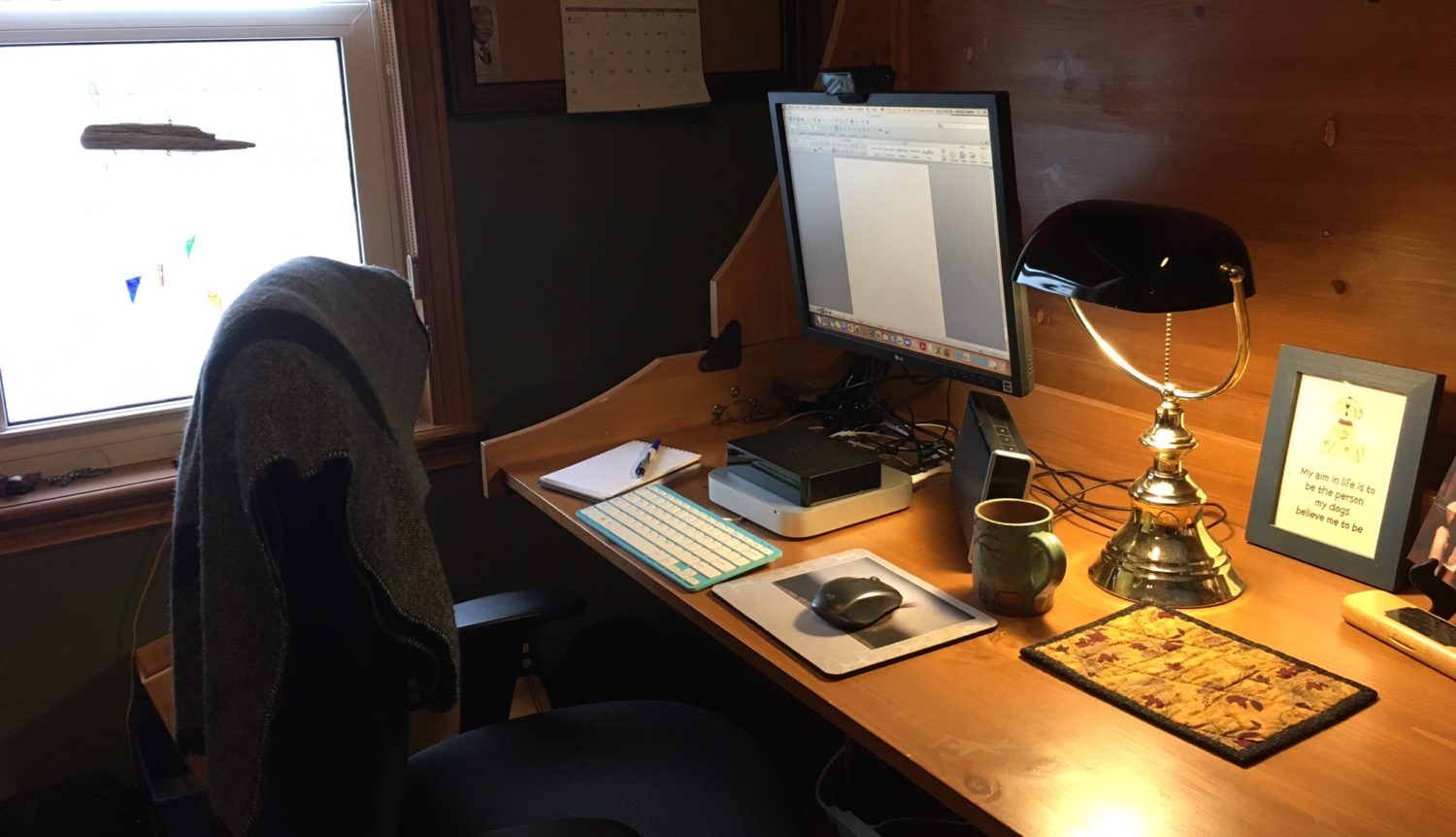Folk Steps Music Conference 2017
The Folk Harbour Festival started with the Folk Steps Music Conference, an all-day combination of information/education, and performance. This year’s theme was “Something to Sing About – Celebrating Place in the Atlantic Region.”
The keynote speaker was Shelley Posen, an excellent choice. Posen is a noted folklorist and author, as well as a songwriter and singer of traditional songs and his own compositions. He was a member of Folk Harbour favourite trio, “Finest Kind,” a group based in Ottawa. Posen hit just the right balance between academic and historical background and passion for his subject. He charmed the audience with his rich and effortless a cappella renditions of Canadian songs which convey a strong sense of place.
Bill Plaskett, a Lifetime Friend of the Festival and one of its founders, and a charming man, hosted the day-long conference.
The first performers were Alan Siliboy and the Thundermakers, a band that includes highly- respected Mi’kmaq singer Hubert Francis. Francis’s voice is full and rich, like melted chocolate with a dash of espresso. The band works traditional drumming and chanting into their songs. Evan Siliboy, Alan’s son, brought a contemporary element to their music with his skillful riffs on the electric guitar. Lukas Pearse, on electric bass, provided the glue that held it all together.
Next up was Canadian folk music legend in the making, Lennie Gallant, along with his band, consisting of PEI singer, dancer, instrumentalist and all-round performer, Patricia Richard, violinist Sean Kemp, and two of Lennie’s immensely-talented nephews, Jeremy and Mitchell Gallant. Lennie Gallant is a masterful storyteller and he displayed an insightful grasp of the theme of the conference. He struck the perfect balance of narrative and performance. The degree of musical virtuosity flying off the stage was memorable.
Amelia Curran, representing Newfoundland and Labrador, has a lyrical, understated style. Her songs are poetic and require the listener to pay attention. She is not totally comfortable in front of an audience, but her slight awkwardness makes her all the more likeable.
Rob Lutes was born and brought up in Rothesay, just east of Saint John. He moved away to Montreal for a number of years and built an impressive career as a solo performer with six albums to his credit. He has recently returned to New Brunswick and has teamed up with world-class jazz vibraphonist, Michael Emenau, also from the greater Saint John, NB area, to form the duo Sussex. Rob Lutes’ style is reminiscent of the smokey, whiskey-drenched voices of singers such as Louis Armstrong, but a gentler version. He sings his own original songs as well as covers. For the conference, he composed three fabulous songs about his home province.
The last performer was a bit short of time. The host seemed to have misplaced his notes and stumbled over the introduction. Nonplussed, Chelsea Amber, waited quietly at the back of the church. Then she walked up the aisle, her guitar slung over her back, and with confidence and poise, and not a trace of cockiness, she took ownership of the stage and the audience. Chelsea Amber, a young woman of mixed race from Halifax, is head-turningly beautiful. She has a voice and stage presence that command attention and admiration. She sings with power and emotion, and already has won an impressive array of awards. This remarkable singer-songwriter’s star is rising.
The Folk Steps Conference is now included in the full festival pass. I would encourage anyone planning to attend the Folk Harbour Festival next year to come a day early to take advantage of this informative and entertaining event.















